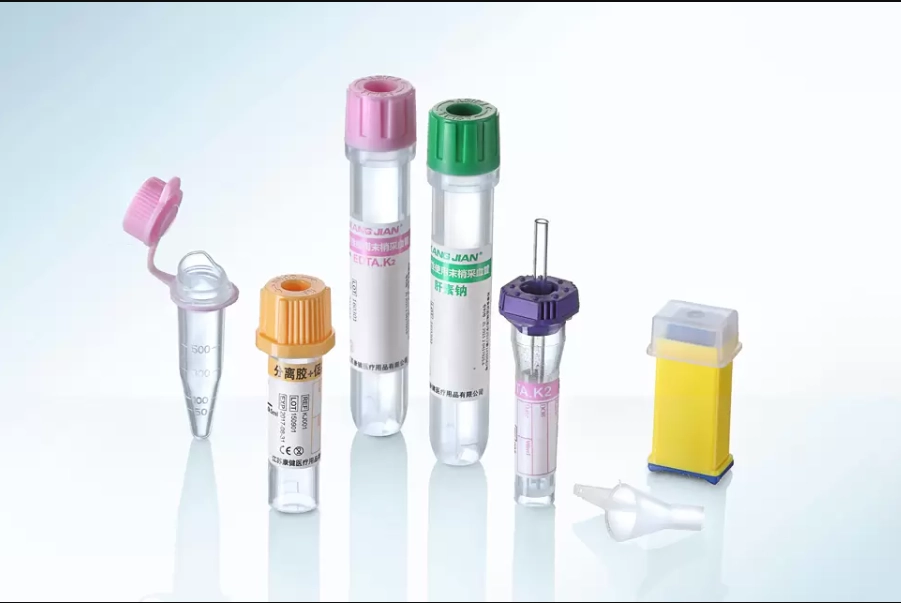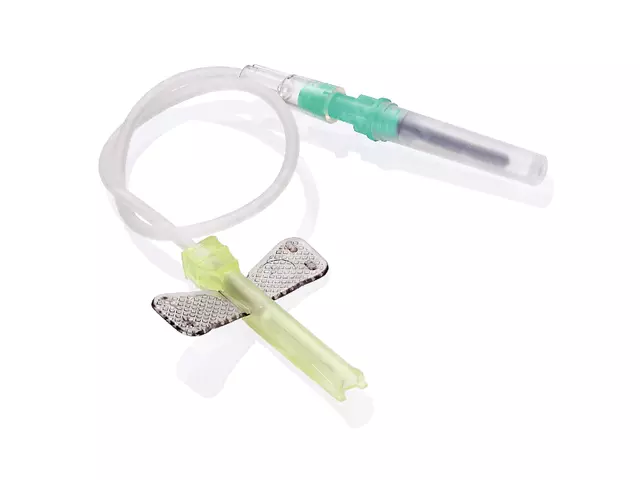Precision of PCR Reaction Tube Cap: Core Details to Ensure Successful Experiments
In the fields of molecular biology and medicine, PCR (polymerase chain reaction) is a key technology widely applied in DNA amplification, disease diagnosis, and gene detection. In the PCR reaction process, the reaction tube cap is a critical sealing component, serving far more than a simple covering function. It plays an irreplaceable role in preventing sample contamination, controlling water evaporation, maintaining temperature stability, and facilitating operation. A high-quality PCR reaction tube cap can significantly enhance the efficiency and accuracy of experiments, while the selection and proper use of the cap also affect the reliability of the results. This article Kangjian delves into the core functions and handling tips for PCR reaction tube caps to help researchers optimize the experimental process by focusing on essential details.

Core Functions of PCR Reaction Tube Cap
The PCR reaction tube cap performs multiple crucial functions throughout the experiment. Beyond sealing and contamination prevention, it directly influences the accuracy and reproducibility of experimental results. Through thoughtful design and careful use, the role of the PCR reaction tube cap is maximized.
Sealing and Anti-Evaporation Function
During the PCR reaction process, the reaction liquid undergoes frequent high and low-temperature cycles, particularly during the denaturation stage, which can easily cause water in the reaction tube to evaporate. Effective sealing prevents excessive evaporation of the sample liquid, ensuring that the concentration of the PCR reaction mixture remains stable. Water evaporation directly impacts the ratio of DNA template, primer, and buffer in the reaction system, leading to variable amplification outcomes. Severe evaporation may not only result in amplification failure but also increase the reaction system's uncertainty, impacting result reproducibility. High-quality PCR reaction tube caps minimize evaporation through effective sealing, thus enhancing experimental stability.
Contamination Prevention
In PCR experiments, contamination is a common factor that affects result accuracy. Various samples and reagents are used during the experiment, and any external DNA contaminants, microorganisms, or particles from the air can enter the reaction tube, leading to nonspecific amplification. Contamination interferes with experimental results and diminishes the reliability of gene amplification. The PCR reaction tube cap isolates the reaction system from the external environment with effective sealing to prevent environmental pollutants from entering. Additionally, high-quality caps are designed to minimize cross-contamination, which is particularly crucial in high-throughput and multiplex PCR experiments. Selecting a suitable PCR reaction tube cap can substantially reduce contamination risk and provide a reliable safeguard for experimental outcomes.
Thermal Stability and Adaptability
PCR reactions typically involve rapid high and low-temperature cycles, often repeated dozens or even hundreds of times. The abrupt temperature changes challenge the reaction tube cap’s material and structural stability. If the cap deforms or detaches from the reaction tube under high-temperature conditions, the reaction liquid may leak or evaporate, potentially disrupting the experiment. High-quality PCR reaction tube caps are carefully designed for optimal thermal stability. They can withstand the PCR instrument’s temperature fluctuations at each cycle stage while maintaining a secure seal. Additionally, different PCR instruments have unique requirements for cap size and design, so adaptability is essential. Choosing a reaction tube cap that fits well with the equipment prevents loose or unsealed caps during the experiment, ensuring uniform conditions for each sample tube during temperature cycling.
Tips for Using PCR Reaction Tube Caps
Proper handling of PCR reaction tube caps is essential for experiment accuracy and efficiency. Incorrect handling can lead to poor sealing, sample leakage, or contamination, so mastering proper usage techniques is crucial. The following key tips help researchers use PCR reaction tube caps effectively.
Control of Operating Force
When securing the PCR reaction tube cap, improper force can compromise the seal. Apply moderate pressure to ensure the lid is firmly in place but not damaged. Insufficient force may prevent a complete seal, affecting evaporation control; excessive force may deform the cap or damage the reaction tube. The correct method is to apply even pressure with the thumb and index finger until you hear a slight "click," indicating the cap is firmly inserted onto the reaction tube mouth. Avoid repeatedly opening and closing the cap to reduce wear and extend its lifespan.
Avoid Direct Contact with the Reaction Tube Cap with Fingers
PCR reactions are highly sensitive to contamination, so any trace of contaminants (such as skin particles or external DNA) can interfere with experimental results. Wear sterile gloves to prevent direct contact between fingers and the cap surface, avoiding the introduction of foreign contaminants. If frequent cap handling is required, use sterile tweezers to reduce finger contact. Many laboratories also provide a sterile workspace to ensure the cap remains clean during handling and further prevent contamination. Additionally, keeping consumables in a clean area and minimizing the reaction tube cap's exposure time can help reduce contamination risks.
Temperature Adaptability Test
The performance of PCR reaction tube caps can vary by brand or batch under high-temperature conditions. To ensure cap stability during thermal cycles, conduct a temperature adaptability test before first use. Use a standard thermal cycling program to confirm the cap's fit and seal stability at high temperatures, avoiding sealing failure in actual experiments. This test can typically be done on a PCR instrument by heating to the target temperature and repeatedly cycling to simulate the experiment's temperature environment. After testing, check the cap for looseness or deformation to verify it remains reliably sealed, ensuring experimental stability.
The PCR reaction tube cap is an indispensable component of PCR experiments. Its design, quality, selection, and handling directly impact experimental success. By carefully selecting and handling PCR reaction tube caps, experimenters can ensure the accuracy and stability of PCR reactions, improving efficiency and result reliability, thereby providing solid technical support for molecular biology experiments.




